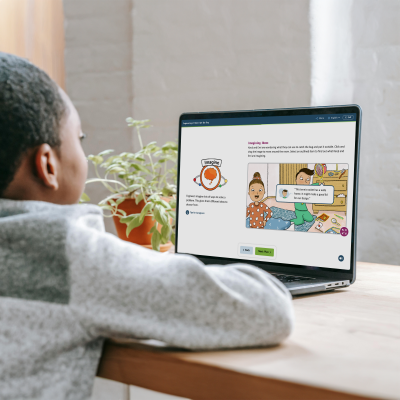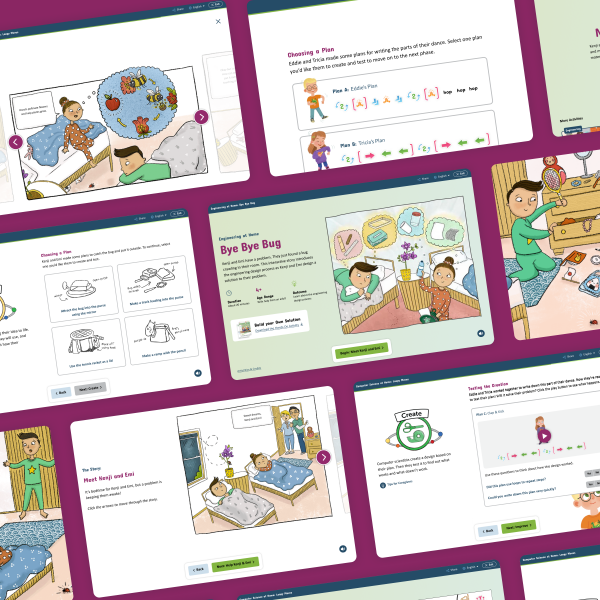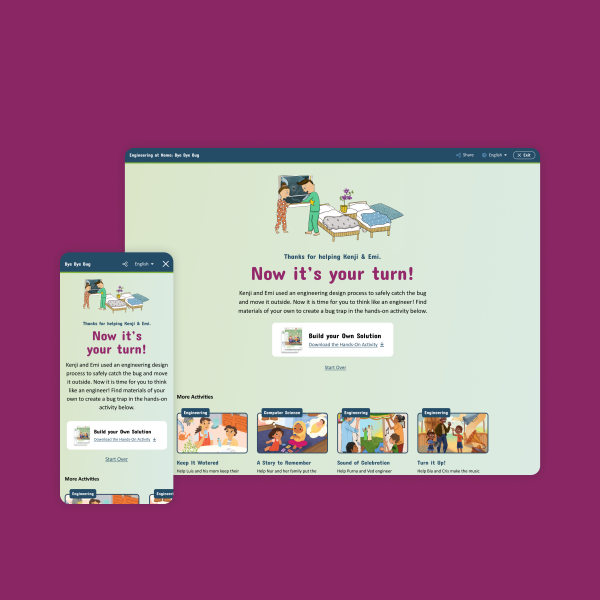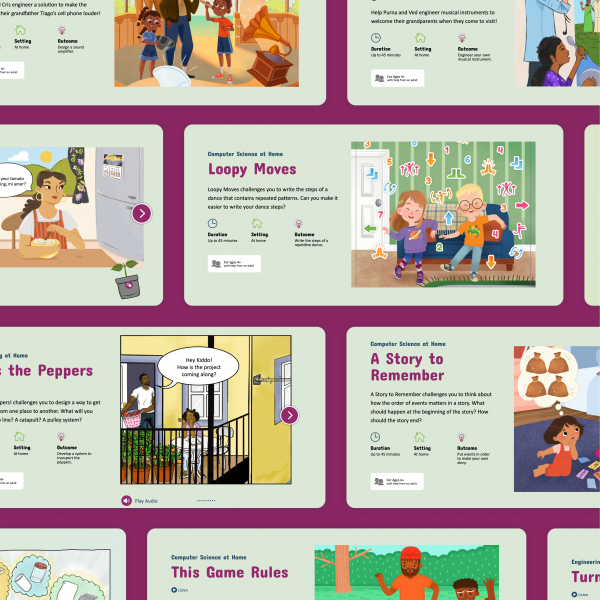Museum of Science STEM Education for Families
Making STEM way more exciting.

We elevated online introductions and PDFs into engaging learning experiences.
-
Experience Strategy
We evaluate internal perceptions, user goals and best practices to find that “special sauce” that drives an actionable roadmap for your future experience.
-
In-Depth Interviews
Climb inside the world of the user with structured interviews that bring their unique voices into the design process.
-
Visual Design
Through imagery, messaging, color and typography, we deliberate over pixels, consistency, readability, contrast, accessibility and creativity.
-
Responsive Design
We design for the future on today’s devices. Every element is considered for every size display to create an ideal experience for all users.
-
Prototypes
If a picture is a thousand words, a high-fidelity prototype is the entire story. Bringing the user experience to life with a fully-interactive artifact is a low-cost, high-value way to iterate without the investment of code.
-
Design Systems
Good design will translate to a good design system — and vice versa. Build your brand with well-defined styles and components at the heart, and it will grow and breathe well.


